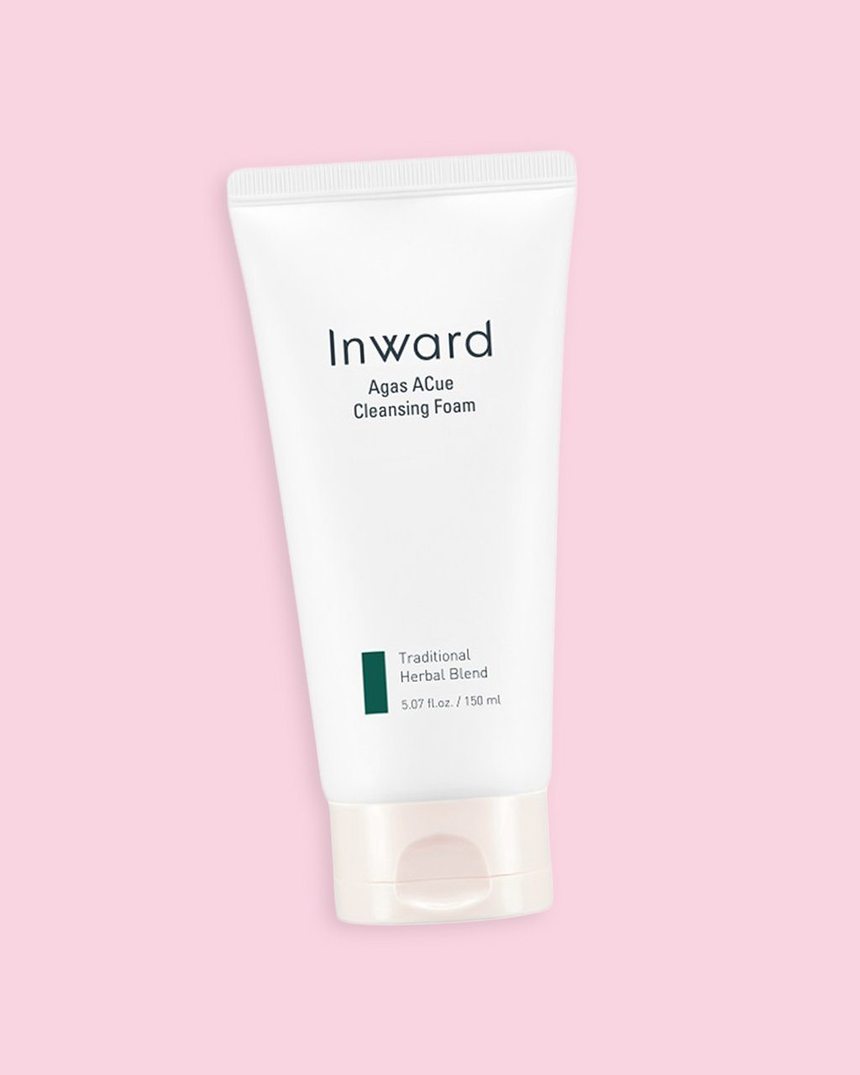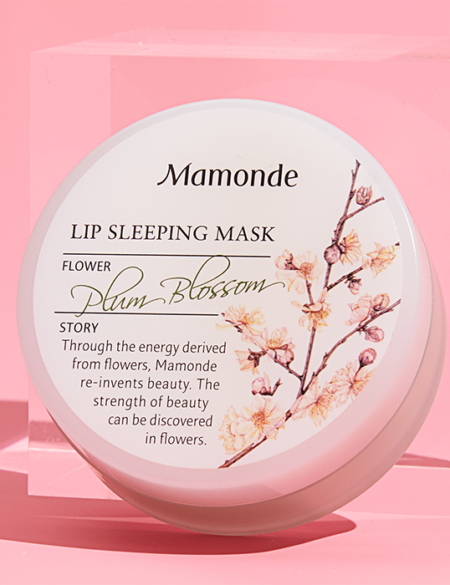Need help finding that game-changing ingredient to address your biggest skin issues? Look no further than this guide to acids by skin concern!
Acids are amazing ingredients that you give your skin both immediate and long-term results. From anti-aging serums to extra hydrating moisturizers, there’s an acid out there for pretty much every skin type and concern.
What makes skin concerns different from skin types is that concerns can be experienced in combination with many different skin types, so keep this in mind when selecting products to ensure that they meet all of your skin’s needs. Here at The Klog we broke it down into the top concerns our readers face and some of the best acids for those concerns!
ACNE

From hormonal acne to persistent breakouts, acne is a big skin concern that almost everyone of every skin type faces at one point or another. Here are the acids that will help target your breakouts and prevent further inflammation.
This is probably the most well known of the acids best suited for acne. This acid, derived from willow bark, breaks down oily sebum in the pores to keep them clear and breakout free. The deep clean this acid provides also helps to promote cell turnover which repairs an acne caused damage to the skin.
For a great acne fighting salicylic acid cleanser use Inward Agas ACue Cleansing Foam. This cleanser is gentle on irritated skin and really gets to root of your breakouts.
Azelaic Acid
Azelaic acid is a go-to when trying to soothe inflamed or irritated skin. This acid, which is naturally produced by yeast on healthy skin, is especially great when trying to tackle a breakout large or small. It’s also great for smoothing skin texture to repair the effects of a break out and calm it down fast. What makes it so powerful is that it inhibits the growth of acne-causing bacteria, making it a preventative skin care move. That means it not only soothes but prevents future breakouts!
Although this acid can be one of the harder ones to find, it’s totally worth hunting down. Try out The Ordinary’s Azelaic Acid Suspension 10% for an intense boost of azelaic acid in your daily routine.
BHAs
Beta Hydroxy Acids, or BHAs, are a group of acids that are truly a lifesaver for managing acne. This group includes benzoic acid and salicylic acid, making it a great collection of acids for oily skin and breakouts.
Try the Benton Aloe BHA Skin Toner. It packs a punch without breaking the bank! It’s also formulated with aloe which helps to smooth and soothe your irritated skin. Not to mention, using an acid toner helps to gently exfoliate any dead skin cells to prevent clogged pores.
DRY SKIN

Dry skin can cause itchy, flaky patches and uneven texture on anyone’s skin, especially during the winter months. These acids are great for target dry patches and giving your skin more even, overall hydration.
Ascorbic Acid
Ascorbic acid or vitamin C is a one of the best acids for helping improve patchy, dry skin. It repairs damage and leaves your skin brighter and more even. It’s also a great option if your dry skin needs repair due to environmental skin stressor, such as cold or pollution.
The Goodal Green Tangerine Vita C Serum contains 70% green tangerine extract which is full of vitamin C, making it a powerful serum. It also has niacinamide and cica to keep your skin smooth and hydrated without irritation.
Glycolic Acid
This fruit-based acid is great for dry skin since it encourages elastin and collagen production, making your face look and feel more plump over time. Dry skin can also lead to early aging so products with glycolic acid are a great preventative measure as well.
One of our favorite glycolic acid serums is the Drunk Elephant T.L.C. Framboos Glycolic Night Serum. It’s packed with a variety of different acids to provide effective chemical exfoliation. Also, if you have dry skin and suffer from breakouts, Klog writer Ben has found success with the A’Pieu Glycolic Acid Cream to tame his pimples.
Hyaluronic Acid
This acid, also known as HA, actually occurs naturally in the body. When applied through skin care it serves as a powerful humectant, trapping in and sealing moisture. It’s the perfect acid for dry skin since it helps keep your skin hydrated throughout the day and gives it an immediately visible boost for a healthy complexion.
If you want to maximize the HA in your routine try the Isntree Hyaluronic Acid Toner Plus. This innovative toner, formulated with 5 types of hyaluronic acid, gives your skin a well deserved hydrating treatment.
Oleic Acid
The best part about oleic acid is that it acts as an intense moisturizer without the shiny residue. Dry skin doesn’t just mean flaky, itchy patches but also can be the cause of overly oily sections. These sections are trying to overcompensate for the dryness with excess oil production that can lead to problematic breakouts and blackheads.
The Klavuu Pure Pearlsation Divine Pearl Cleansing Oil contains safflower oil, which is a great source of oleic acid. This cleansing oil will help hydrate as it cleanses and keep your skin from feeling tight and flaky. It will also help keep your pores feeling protected—no need to go into overdrive!
Tartaric Acid
Tartaric acid is a plant based ingredient that is the predominant acid found in wine. That means it’s jam packed with antioxidants and great for smoothing out flaky areas of dry skin. When combating dry skin, it’s important to exfoliate and even out skin texture.
Try using the Neogen Bio Peel Gauze Peeling Wine to even out those rough patches. These pads are perfect for smoothing since they contain a physical exfoliant on one side, a smoothing side on the other, and are seeped in a rich chemical exfoliant that is effective and fun to use.
ANTI-AGING

It’s never too early or late to start incorporating anti-aging products into your routine. Acids such as fatty acids and citric acid are top shelf wrinkle fighters that help you balance your skin and leave it plump and protected. Here’s why people of every skin type should be incorporating these acids into their routine:
Fatty Acids
For anti-aging, fatty acids such as omega 3 are power ingredients. They contain a bunch of amazing antioxidants that protect your skin. They also help to repair damaged tissue—like sun spots or scarring—giving your skin a more glowing, youthful, smoother appearance.
When it comes to incorporating fatty acids into your routine, the Hanskin Bio Origin 369 Oil is really unbeatable. This face oil has a blend of fermented omega oils 3, 6 and 9 which reduce inflammation and fine lines. Another reason why I personally love this product is because it’s super rich without feeling heavy on your skin. You can mix it in with your moisturizer or use it on it’s own.
Citric Acid
Citric acid is perfect for combatting signs aging, since this gentle acid is excellent at sloughing off dead skins and promoting new cell generation. This helps give you younger, more firm-looking skin.
If you want a cream that gives you soft, supple skin, try the Hanskin Bio Origin the Cream. This “holy grail” moisturizer is a favorite of pretty much the entire Klog team. The cream itself is rich but feels light on your skin, leaving you with a velvety smooth texture. The citric acid deposits plenty of antioxidants to protect and help fight even the deepest forehead wrinkles.
OIL CONTROL

Whether you have dry, acne prone, or combination skin, overactive pores can be a real headache. Acids can be a great way to help clear and calm those pores, keeping your face dewy and healthy. Check out which acids made the list!
Lactic Acid
A milk-derived ingredient, lactic acid is a gentle way to control your skin’s oil production. This acid sticks to just the skin’s surface, helping to repair acne scars and soften skin. It’s a great option for those with more sensitive skin who want to address the oily sections of their face.
Incorporating the Neogen Bio Peel Gauze Peelin Lemon as your exfoliator is a great way to brighten skin and get some lactic acid into your routine. It’s super important to exfoliate and clear pores to keep them from getting clogged or overactive.
Glycolic Acid
This acid is excellent for oil control because it exfoliates the surface of the skin. By clearing your pores it helps prevent further breakouts without drying out your skin. It also bolsters your moisture barrier which is great for those people battling dry skin induced oiliness.
The Saturday Skin Pore Clarifying Toner 10% Glycolic Acid gently removes sebum clumps to clear pores and regulate oil production.
Hyaluronic Acid
Hyaluronic acid can be a lifesaver when you want moisture but don’t want to upset oil prone skin. The molecules are large, so they sit just on the surface and seal the top layer of your skin without blocking your pores.
SENSITIVE

As a person with sensitive skin, I know just how difficult it can be to find products that are effective yet non-irritating. These three power ingredients pack a big bunch without bothering super fussy, sensitive skin.
Ascorbic Acid
Ascorbic acid, which also comes in the form of vitamin C, is not always the first acid you think of when you think sensitive skin. However there are so many versions of vitamin C out there nowadays that you can definitely find some sensitive skin-friendly ones.
I like to dilute one to two drops of the Klairs Freshly Juiced Vitamin C Serum with my nighttime essence. This is a personal favorite hack of mine for sensitive skin. If used correctly, ascorbic acid can be great for brightening your complexion and evening your skin tone.
Hyaluronic Acid
Hyaluronic acid, or HA, is a must-have skin care ingredient. It produces almost immediate results and is a real superstar when it comes to locking in and sealing moisture. What I love about using this acid for sensitive skin is that it’s effective but super gentle. Whether you want moisture, a little plumping, or just want to get that dewy, healthy shine it’s a go-to with pretty much immediate results.
For a gentle yet effective dose of moisture I love using the Hanskin Hyaluron Skin Essence. This Best of K-beauty Award-winning essence has HA formulated with smaller molecules so that they sink in even deeper and faster than your average HA product.
PHAs
PHAs (Polyhydroxy Acids) are seriously amazing for all types of sensitive skin. PHA molecules are much larger and therefore stick to the surface of your skin, making them more gentle than your average acid. They help to lightly exfoliate the skin’s surface and prevent further breakouts.
The Hanskin Cleansing Oil & Blackhead PHA is a super gentle oil cleanser designed for sensitive skin struggling with blackheads and rough skin texture.

















